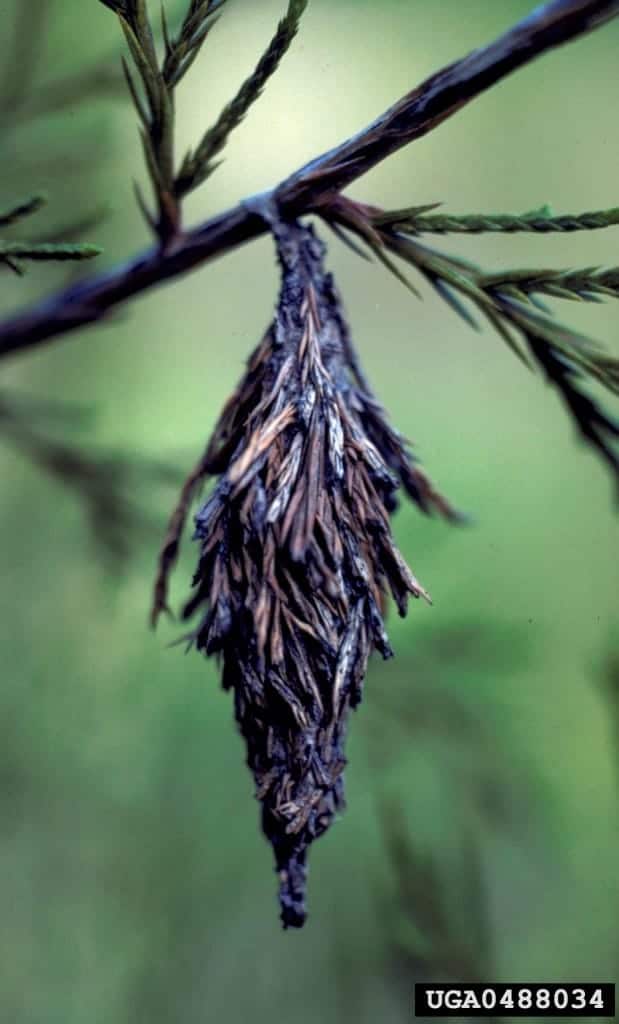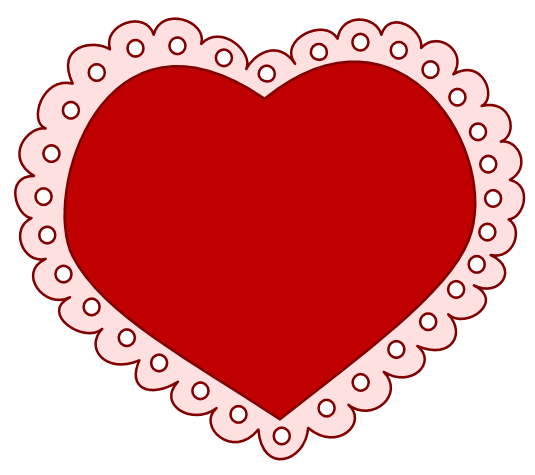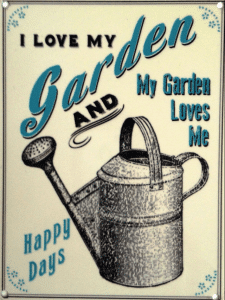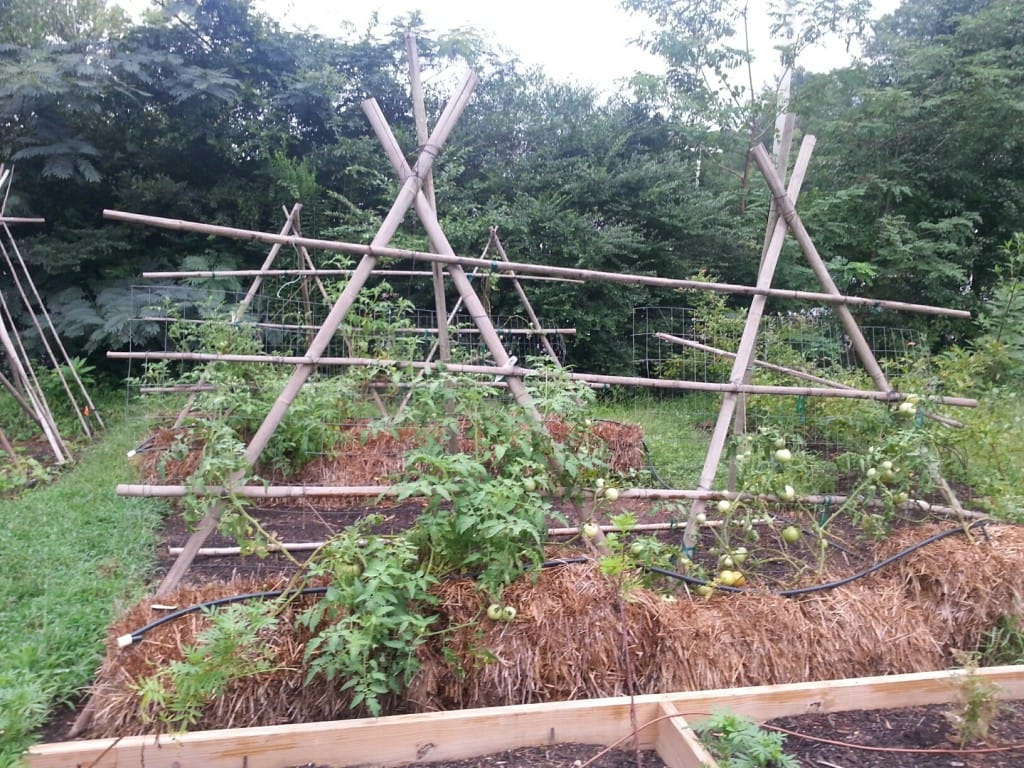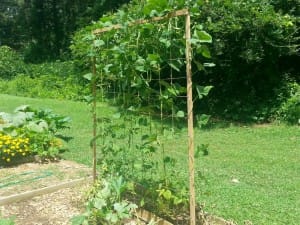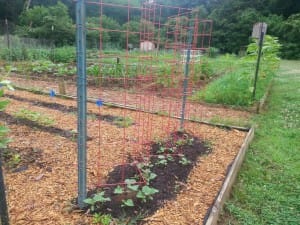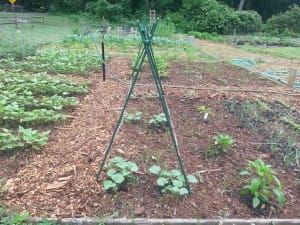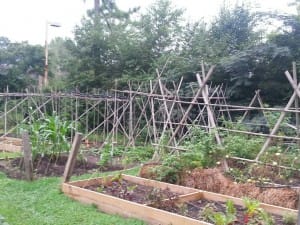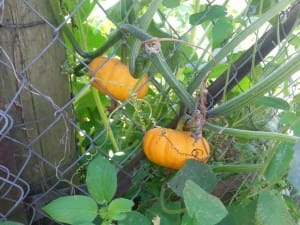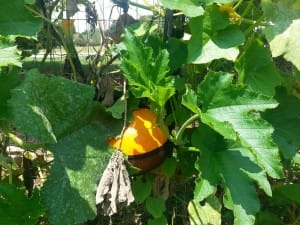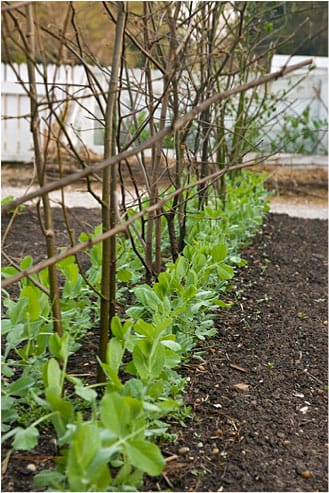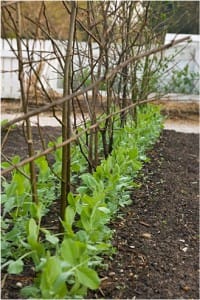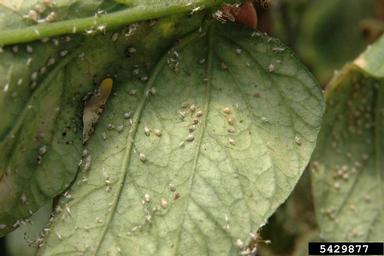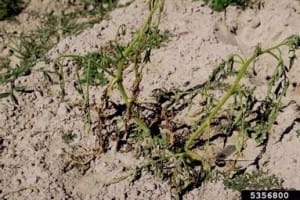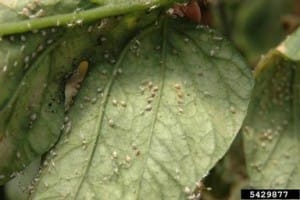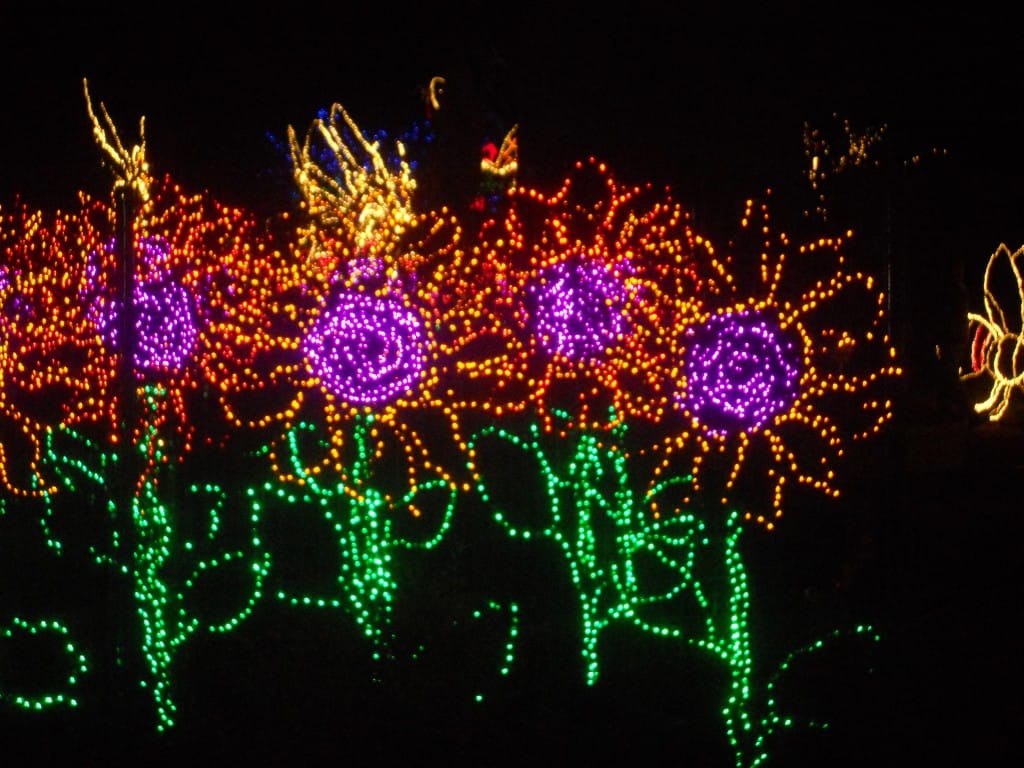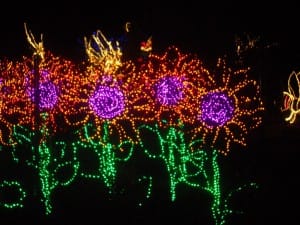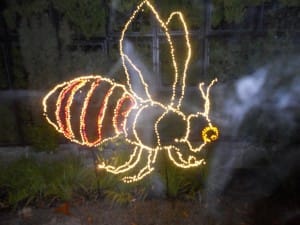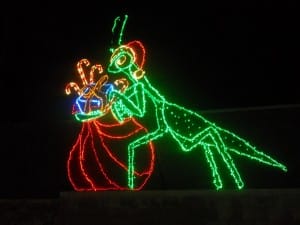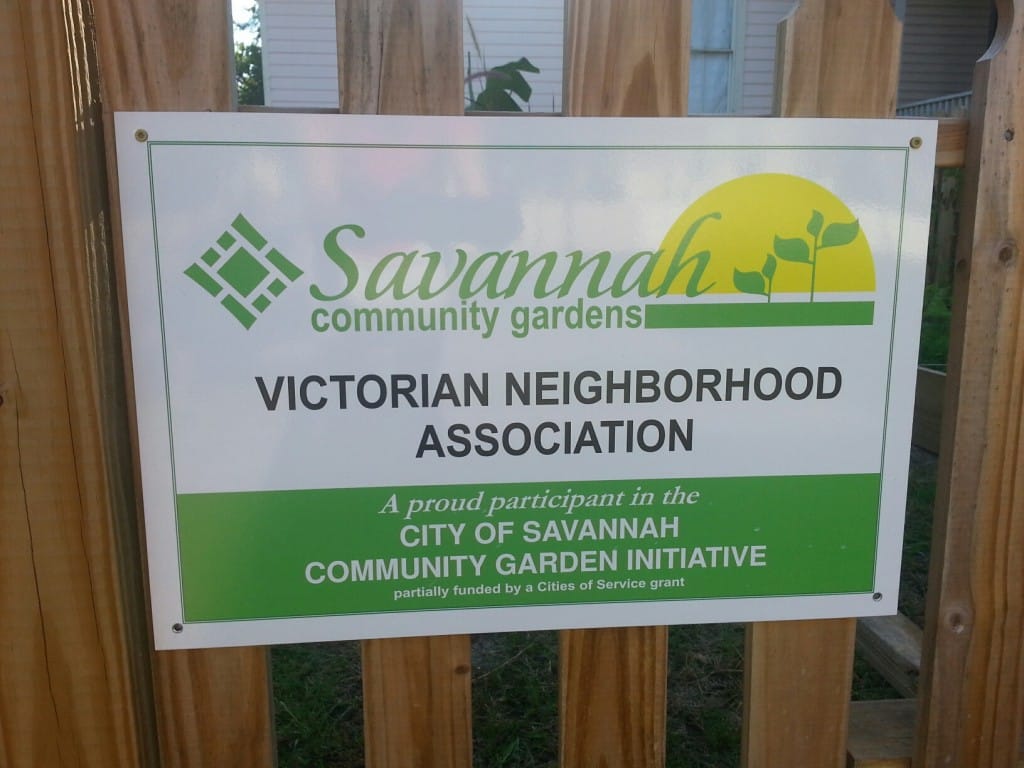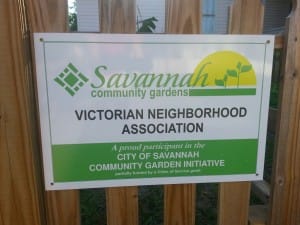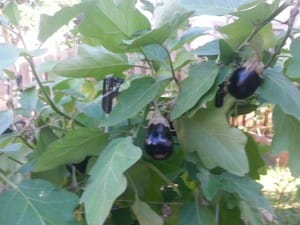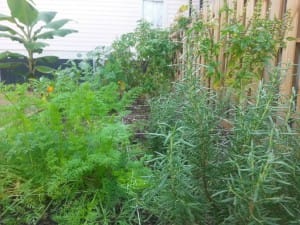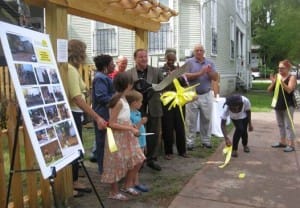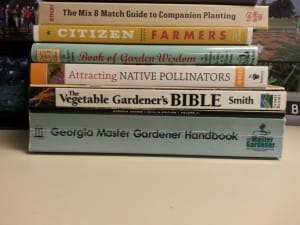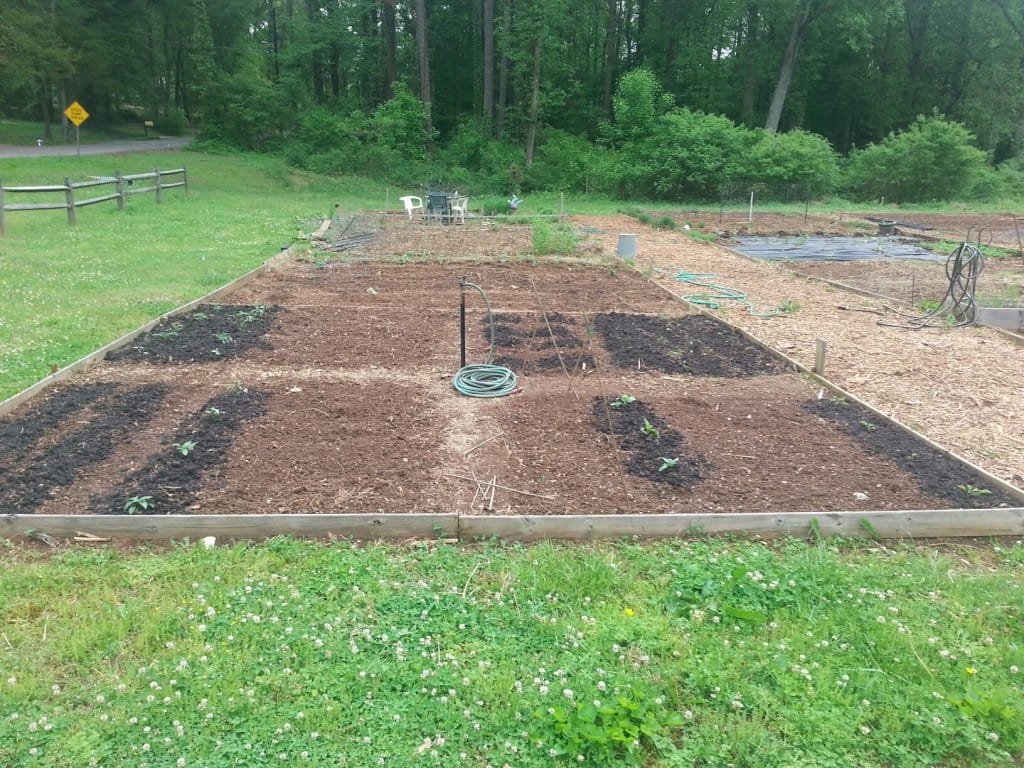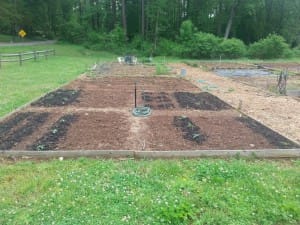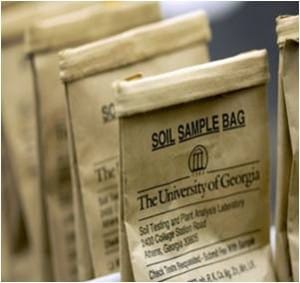Information supplied by Kris Braman & Will Hudson, UGA Entomology Department
As you visit landscapes, scout for these insect pests this winter. Notify your client when you find damaging levels of insects or mites.
Click on the insect names to find information to help you identify & manage these pests. Notes after the insect’s name explain what you should do for each insect if control is necessary.
This publication offers help to manage landscape pests. –
For pesticide recommendations, see the Pest Control Handbook.
Shrubs
- Southern red mite (azalea, camellia, holly) – Scout and spray a miticide for these pests
- Armored scales (boxwood, camellia, holly, gardenia, etc.) – Treat with dormant oil
Trees
- Bagworms – Prune them out. These bags contain hundreds of eggs that may hatch next May
- Maple borers – Prune out small branches with these pests. Improve health of the tree with proper care
-
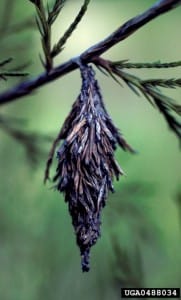
Bagworm, John-H. Ghent, USDA Forest Service, Bugwood.org Lecanium scale – Treat with dormant oils
- Spruce spider mite – Spray for these pests
- Twig pruners and twig girdlers – Prune and destroy dead branches, and pick up and destroy fallen branches to prevent insect emergence next year.
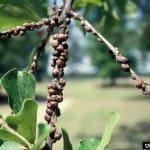
Turf
Please share this information with others in the landscape & turf industry. For more information:
Call your local Extension Agent at (800) ASK-UGA1 or
Locate your local Extension Office at http://www.caes.uga.edu/extension/statewide.cfm
Pest Management Handbook (Follow all label directions when using any pesticide) – www.ent.uga.edu/pmh/
